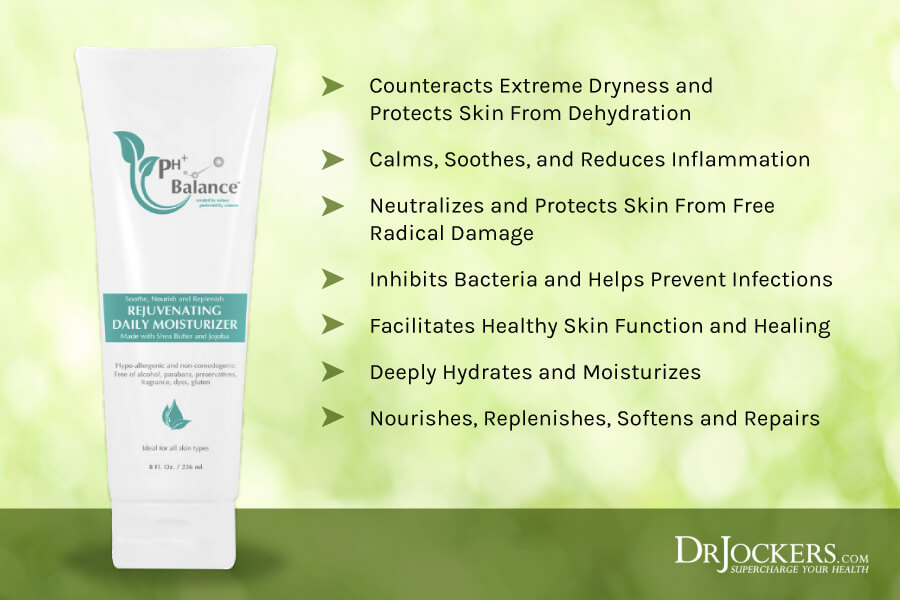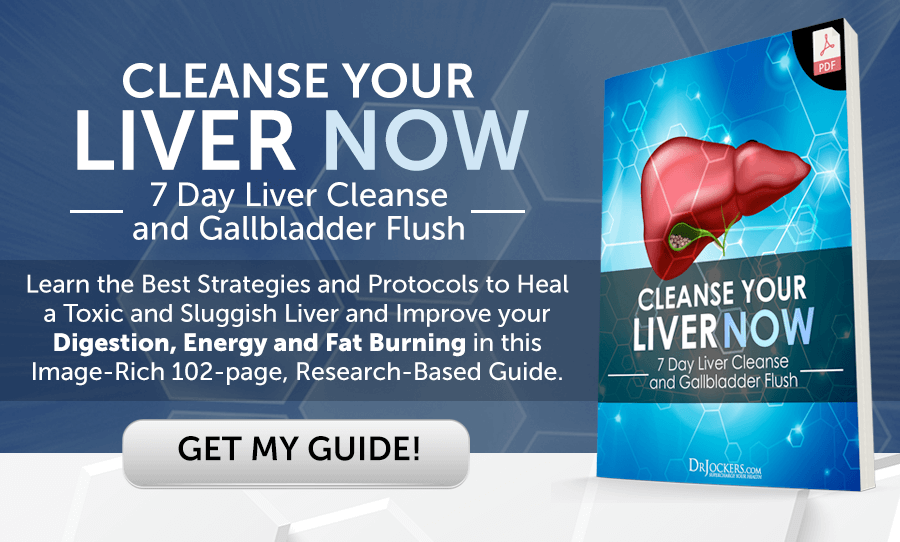 Skin Care Strategies to Heal After Chemotherapy
Skin Care Strategies to Heal After Chemotherapy
Skin care is a huge concern for most individuals after undergoing chemotherapy and this article will address how to improve skin health naturally. According to the World Health Organization, global cancer burden is estimated in 18.1 million new cases of cancer diagnoses in 2018 (1).
Chemotherapy drugs like doxorubicin, cyclophosphamide, fluouracil and docetaxel, act on cells that have a high rate of multiplication, acting not only on neoplastic cells, but also on any cell in the organism with a high metabolism, therefore affecting the skin and its appendages, according to a Brazilian study (2).
According to the Honor Society of Nursing (STTI), ‘’Your skin health is important not only for your appearance, but more importantly because it performs so many essential tasks for your body. (…) Your skin protects your body from the many viruses and bacteria you are exposed to daily.
Healthy skin produces vitamin D when exposed to the sun, and vitamin D is important for many bodily functions. Having healthy skin care also helps your body keep its temperature at a constant level. Healthy skin also helps you react better to important changes around you by feeling pain or pressure’’.
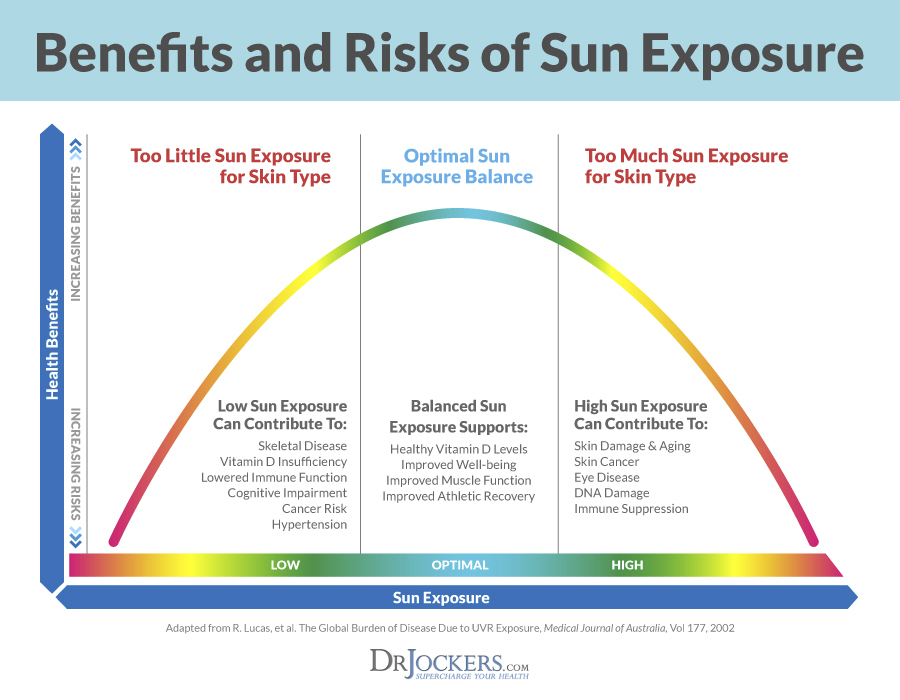
What Types of Treatments Can Affect Your Skin?
– Chemotherapy
– Oral Therapy
– Radiation
– Hormone Therapy
– Targeted Therapy
– Surgery
They can all have devastating effects on the skin of cancer patients and survivors.
Proper skin care should be a must in any case, but oncological patients have to be even more careful and diligent about their skin. Even though there are many side effects of chemotherapy in the organism in general, this article will only focus on its effects on skin care, which can range from dry skin to the Stevens-Johnson disease.
These diseases can be harmless, but some of them can even cause death. The way you treat your body should never be taken lightly. These effects of chemo on the skin can include:
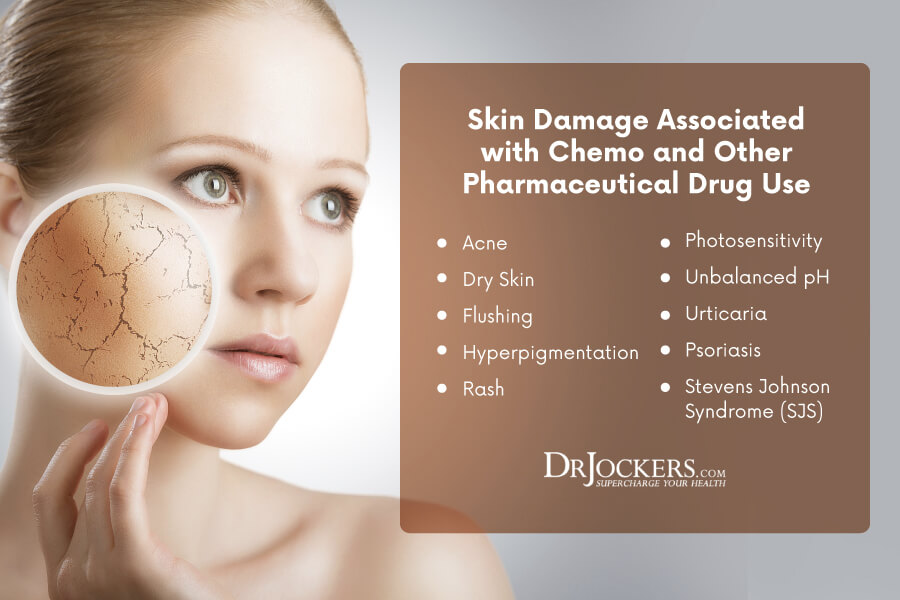
ACNE:
Inflamed red spots on the face, neck, shoulders, and other regions. Some drugs can cause or make acne worse and it can affect people of any age group. According to the Clinics in Dermatology Journal, some new anticancer agents are drugs with undoubted causal relationship to acne (3).
The main drugs implicated in causing acne are corticosteroids, androgens (in females), oral contraceptives, steroids, dactinomycin, vinblastine, medications containing halogens and biologic agents, immune-suppressing drugs such as cyclosporine and epidermal growth factor receptor inhibitors.
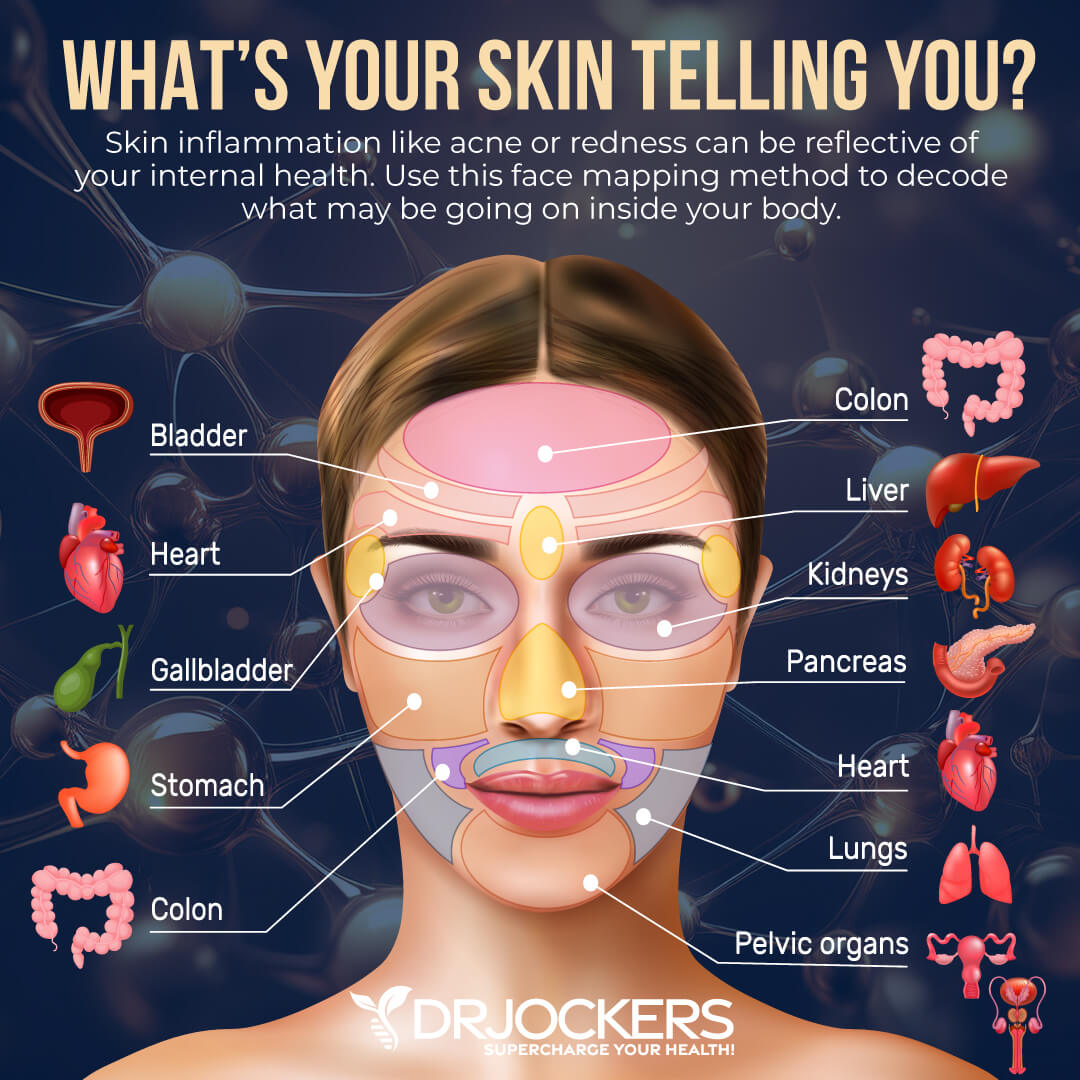
DRY SKIN:
Your skin can become a little rough and tight, and possibly also be itchy. If not given the right skin care, this can sum up to a hard time all over your body. This can also be caused by weather conditions or a reaction to a specific product or component. The medical term for dry skin is dermatitis, and there are three types of dermatitis:
- SEBORRHEIC DERMATITIS: It is a common skin condition that mainly affects your scalp, but also other seborrheic areas. A seborrheic area is any area that presents an overactivity of the sebaceous glands, which are the glands in charge of lubricating the skin and hair. This type of dermatitis can cause scaly patches and red skin.
- ATOPIC DERMATITIS: Also known as eczema, this is a chronic skin condition that causes scaly patches. It affects up to 20% of children and up to 3% of adults. According to the Annals of Nutrition and Metabolism Journal, it’s a genetically determined risk affecting the skin barrier function or the immune system, although it’s triggered by the interaction of a dysfunctional epidermal barrier in genetically predisposed individuals with harmful effects of environmental agents (4).
- CONTACT DERMATITIS: This is a chronic skin inflammation usually caused by a reaction to something you touched or were exposed to. There is irritant contact dermatitis, which is an inflammation caused by direct tissue damage produced by an exposure to an irritant. This is the most common type of contact reaction.
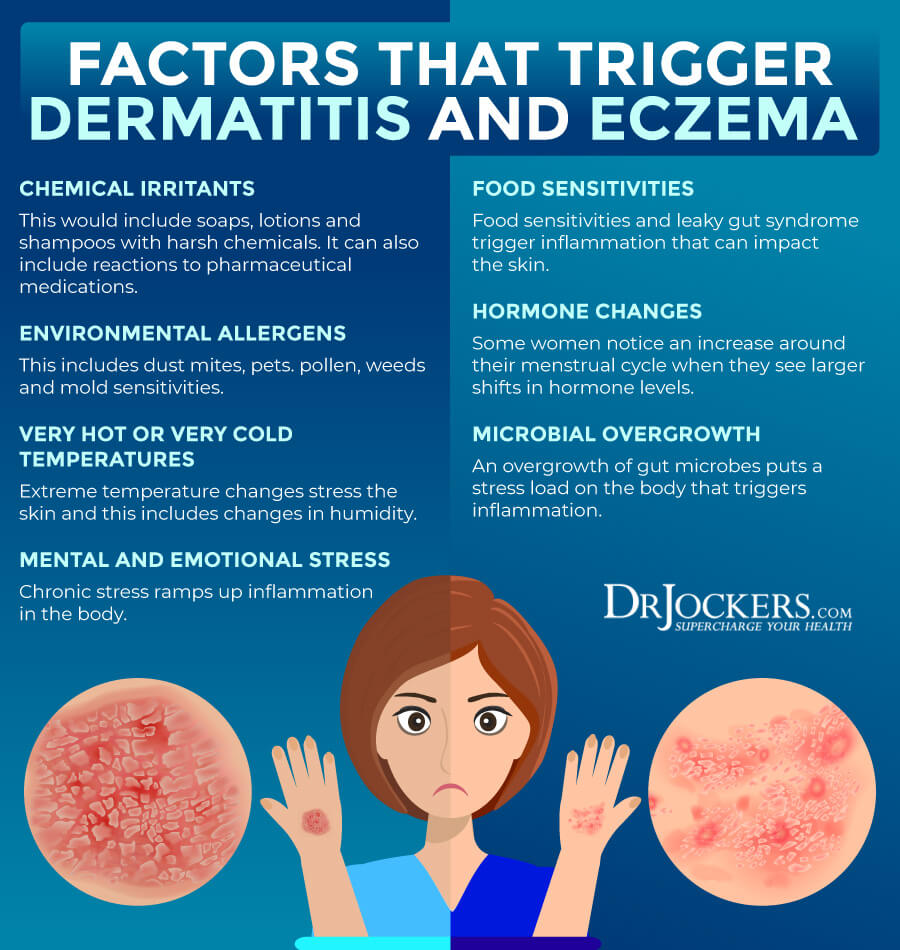
FLUSHING:
Flushing is a temporary redness of the skin as a result of dilation of the blood capillaries. Along with other causes, certain chemotherapy drugs can also be a factor for flushing. Another factor is carcinoid syndrome (hormones being secreted into systemic circulation). Other causes can be alcohol, other drugs and caffeine (5).
HYPERPIGMENTATION:
Darkening of the skin produced by an excess of melanin. This may be connected to phototoxic reaction where the areas exposed to light may have a golden-brown or slate-grey color change. Some chemotherapy drugs can cause hyperpigmentation.
Most skin reactions occur within two to three weeks of initiation of chemotherapy and, although skin reactions may occasionally be permanent, hyperpigmentation usually slowly disappears once the chemotherapy treatment is finished (about 10 to 12 weeks). Hyperpigmentation most commonly accompanies use of alkylating agents and anti-tumor antibodies.
The main drugs associated with causing skin pigmentation are nonsteroidal anti-inflammatory drugs (NSAID’s), anti-malarials, amiodarone, cytotoxic drugs, tetracyclines and psychotropic drugs (6).
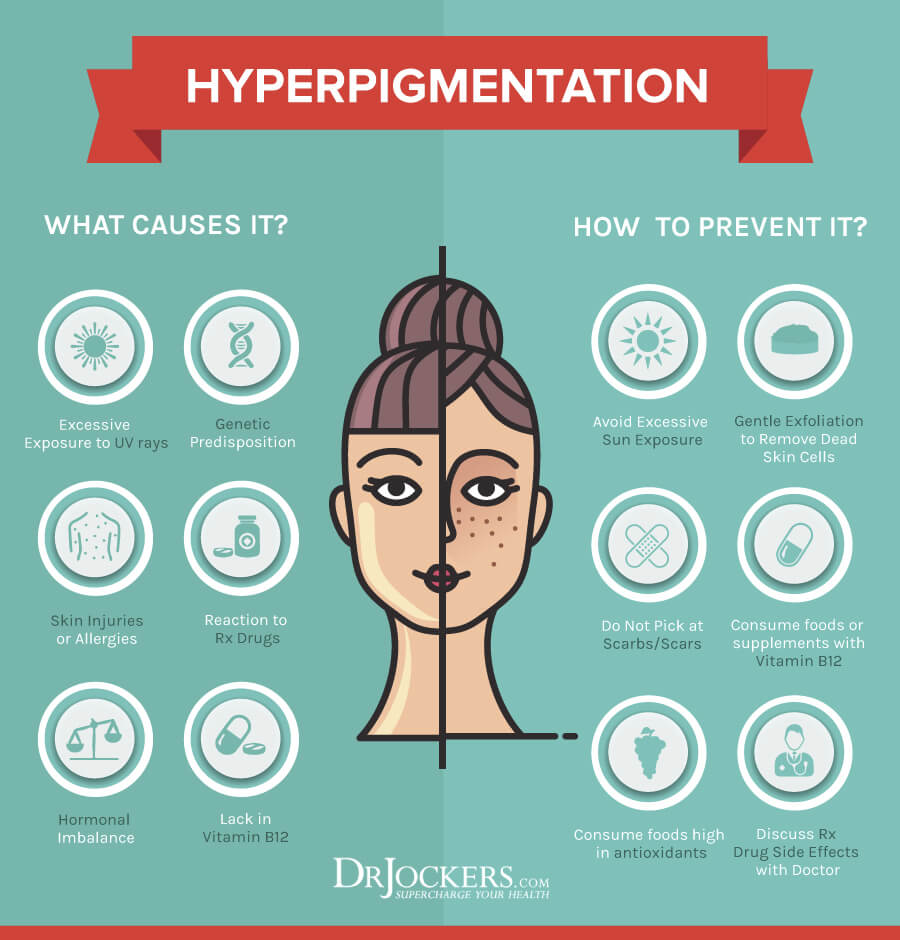
RASH:
A rash is a general term for skin reactions, characterized by a noticeable change in the texture or color of your skin. Your skin may become dry, scaly, bumpy, itchy, cracked or otherwise irritated. For proper skin care and comfort, I recommend pH Balance Recovery Cream.
Some drugs may cause patches of red skin, particularly on the palms of your hands and soles of your feet. A maculopapular rash is the most common type of drug-induced skin reaction, consisting of a flat, red area on the skin (macules) covered by confluent bumps (papules). Your skin may feel hot, burning or itchy.
A maculopapular rash is a marker for many diseases, allergic reactions, and infections. This rash can occur with almost any drug at any time up to two to three weeks after the drug has been given, but is most common within the first 10 days after the exposure.
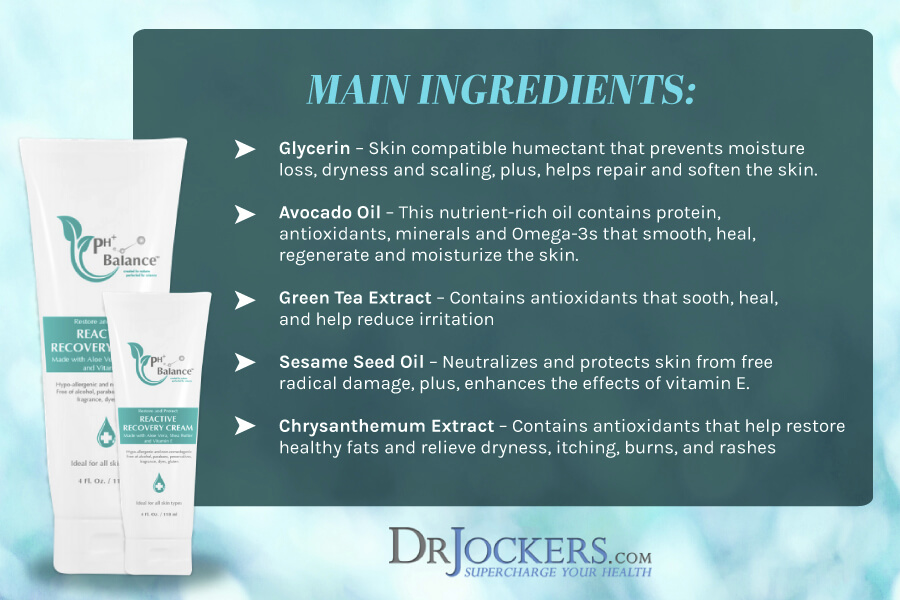
PHOTOSENSITIVITY:
This is an immune system reaction that is triggered by ultraviolet radiation (sunlight), in which the immune system recognizes some components of the sun-altered skin as “foreign,” and the body activates its immune defenses against them. Some of the skin reactions are rash, itchy eruptions or areas of redness and inflammation on patches of sun-exposed skin. In rare cases, the skin reaction may be more severe, producing hives or small blisters that may even spread to skin in clothed areas.
There are three types of photosensitivity reactions:
- PHOTOTOXIC REACTIONS: these are common photosensitivity reactions and can be produced by an exposure to certain chemicals, drugs, applications and sufficient light exposure. These reactions can cause redness, swelling, blistering, weeping and peeling.
- PHOTOALLERGIC ERUPTION: these ones are less common than phototoxic reactions. It occurs when the skin reacts to an effect produced by sunlight on a chemical that has been applied to the skin. A photoallergic reaction is similar to a phototoxic reaction but the reaction may spread beyond area’s exposed to light.
- ULTRAVIOLET RECALL REACTION: These reactions are rare and caused by UV light therapy after the administration of chemotherapy, antibiotics, and other medications. A sunburn reactivation if the drugs are administered within 1 week of obtaining a sunburn. This reactivation may actually be more severe than the primary sunburn.
The main drugs associated with causing photosensitive eruptions are anti-biotics including tetracycline, doxyclcline, nalidixic acid, voriconazole, amiodarone and hydrochlorothiazide (7).
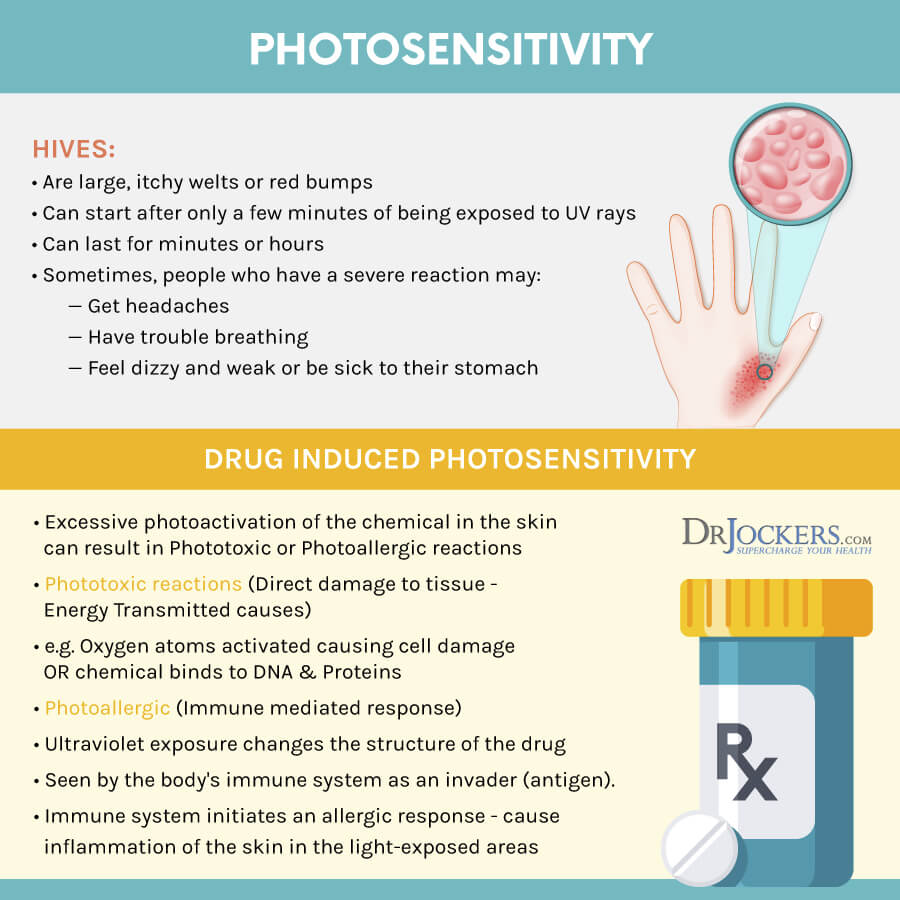
UNBALANCED PH:
According to the Proceedings of the Royal Society of Medicine Journal, changes in acid-base balance have a profound influence on many aspects of the action of drugs (8). As a general principle, these changes in the pharmacology of weak acids and bases are governed by physiochemical principles, which influence the proportion of the ionized and unionized components according to the pH of the medium and also to the peculiar property of biological membranes.
pH is the measure of the acidic nature (alkaline) nature of a solution. Our blood and other body fluids that surround the cells are slightly alkaline. Just to make an example of how important pH lever are, if the pH in blood drops down to 6.9 a person can all in to a coma, this can even be cause for death.
Our skin pH should be slightly acid in the 4.6-5.5 range as this is where the enzymes on the skin work best in producing key compounds called ceramides. Ceramides are waxy lipids the body uses to regulate the bacterial balance on the skin. Proper skin care products help to maintain this pH range and support the development of ceramides.
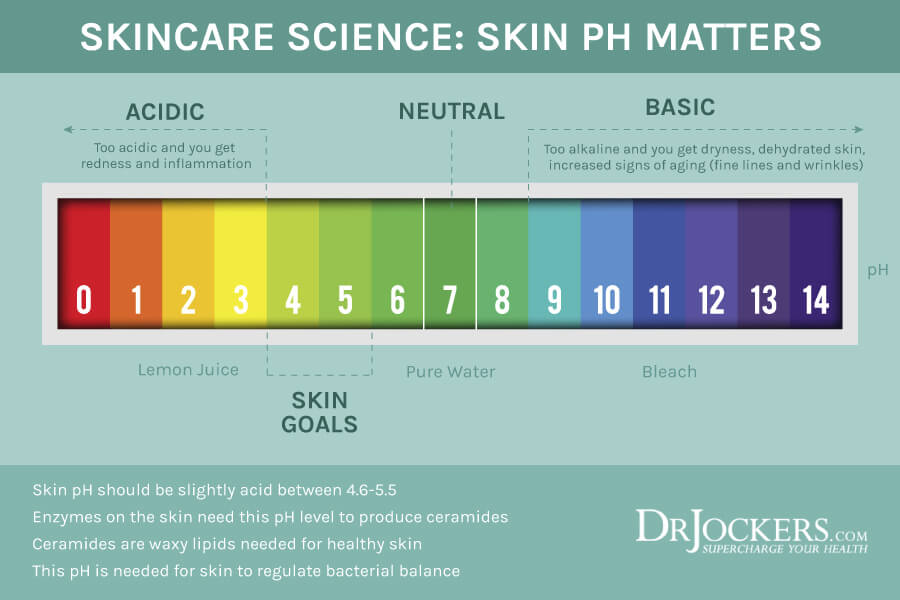
URTICARIA:
An outbreak of swollen, pale red bumps or plaques on the skin, characterized by raised, itchy, red blotches or wheals which may be pale in the center and red around the outside. Its symptoms are usually itching, but it can also burn.
This is also a common drug reaction usually occurring within 36 hours of drug exposure and the lesions rarely last for more than 24 hours. However, on giving the drug again the skin reactions may develop within minutes.
The main drugs associated with causing urticaria are the antibiotics penicillin, sulfonamides and NSAIDs (9). Management of urticaria involves stopping the causative agent and treatment with anti-histamines.
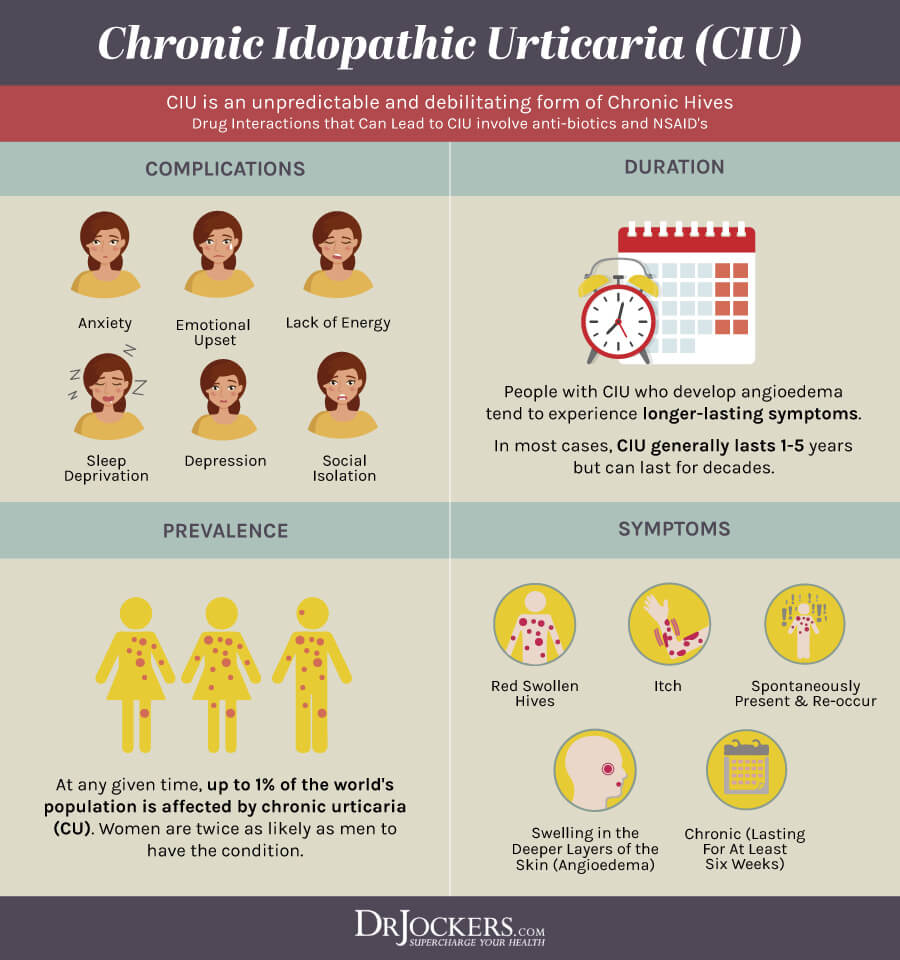
PSORIASIS:
Typically described as reddish patches covered with large dry silvery scales. Psoriasis is an autoimmune condition where the body’s immune system attacks the skin cells. Some drugs are associated with psoriasis in persons with no prior history of this skin condition (interferon alfa) or occasionally can worsen pre-existing psoriasis (interferon alfa and interleukin-2).
The main drugs associated with causing psoriasis are beta blockers, lithium and anti-malaria drugs (10). Proper skin care can play an important role in reducing outbreaks of psoriasis.
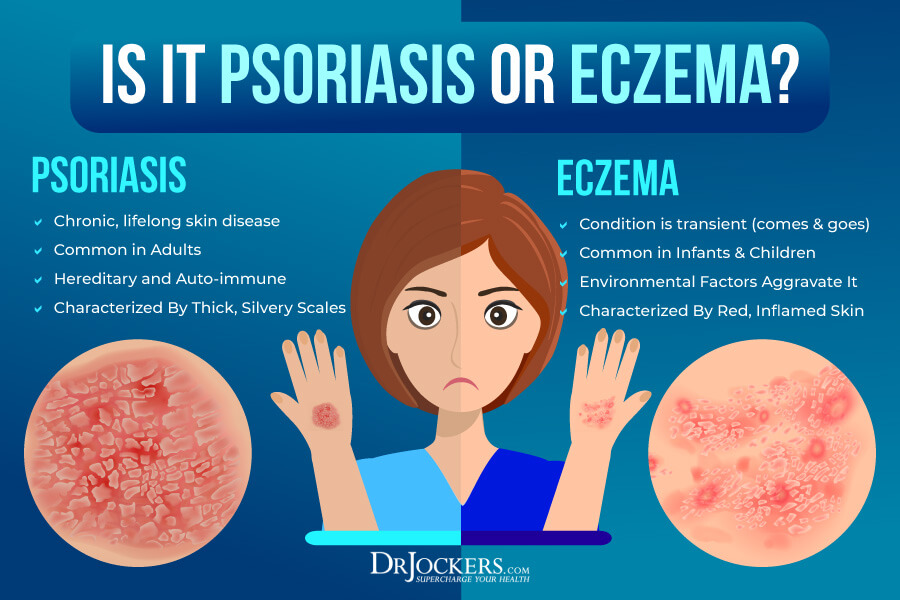
STEVENS-JOHNSON SYNDROME (SJS):
A very severe skin reaction that causes skin tissue to die (necrosis) and detach. Starting with symptoms such as fever, chills, generalized aches and fatigue followed by a rash and blisters (it may include erosions), SJS is most commonly drug-induced.
A large number of drugs have been implicated as a cause of SJS, most common are penicillin, tetracyclines, sulphonamides and NSAID’s (non-steroidal anti-inflammatory drugs). The main drugs implicated in causing Steven-Johnson syndrome are antibiotics, anti-fungal, anti-epileptics and NSAID’s (11).
Ask you can see, chemotherapy has severe effects on the skin of parents and these skin conditions can affect both children and adult undergoing chemotherapy treatments. Many of these skin conditions can be present even without the presence of other illness or chemotherapy but are everyday experiences during chemotherapy.
What you put on your skin and how you treat your skin during and after chemotherapy can often determine your skin recovery. We recommend brands such as pH Balance Skincare to nourish and heal compromised skin as well as maintain beautiful and healthy skin. If you would like to save 10% on pH Balance skincare than use the code DRJ10% at checkout.
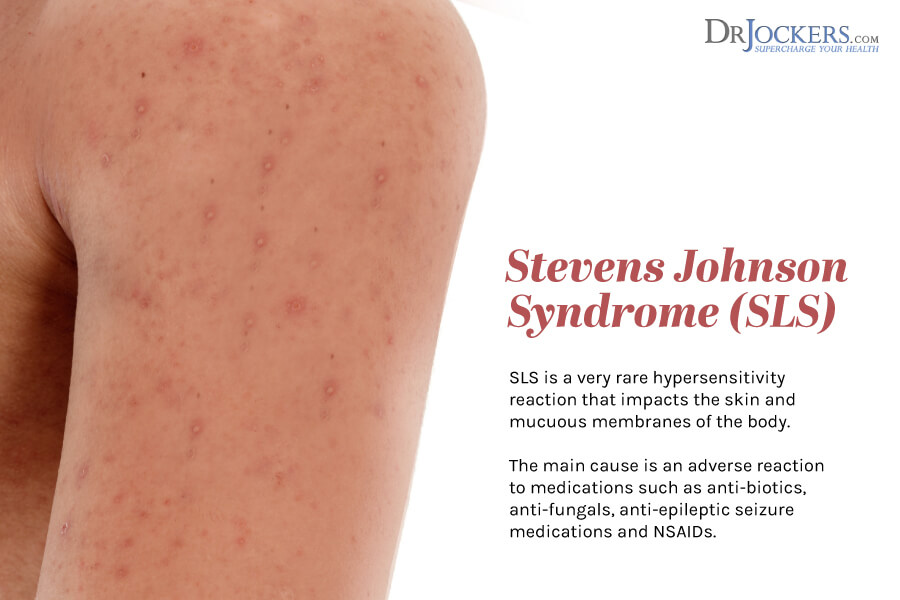
RECOMMENDATIONS:
During treatment, and for several months afterwards, your skin may be more sensitive to the sun and stimulants/products in general. Patients can take steps to minimize skin problems about one week before beginning chemo. Then, they can continue the regimen during treatment. In the meantime, it is important to prioritize your skin care and follow the following recommendations.
WHAT TO AVOID:
- Long, hot showers and baths.
- Lanolin-based creams, lotions, ointments etc.
- Soap-free cleansing bars.
- Products with alcohol or perfume. Use mild, non-perfumed, non-deodorant, low allergy soap or cleaning gels. Any product that helps your skin, helps you.
- Anything that would normally have a harmful effect on your skin (a very strong detergent, for example).
WHAT TO DO:
- Have healthy diet and drink plenty of fluids to help keep your body well hydrated and your skin moist and healthy. You should drink 2-3 quarts of non-alcoholic, non-caffeinated beverages daily, unless you are instructed to restrict your fluid intake. Make sure to have all nutrients so your body is well prepared for any medicines you might be told to take.
- Keep your home cool and humid. Extreme weather conditions can worsen and cause dry skin reactions (hot and sunny, cold and windy). Wear gloves in cold weather and avoid sun exposure. Wear SPF 15 (or higher) sunblock and protective clothing.
- Use sunscreen or protective clothing when out in the sun, even on cloudy days.
- Wear cotton clothes where possible next to the skin. Rather than synthetic fibers, wool, or any kind of rough clothing. Also, wash your clothes in mild detergent.
- Become a moisturizer enthusiast. Moisturizers are an important part of any dermatologist’s professional life, and also for any person who likes their skin soft and healthy. PH Balance Skincare Daily Moisturize prevent water loss by layering an oily substance over the skin to keep water in or by attracting water to the outer skin layer from the inner skin layer.
- If a rash appears after shaving your legs, do not shave again until the skin has completely healed. If you’re a man, do not use perfumed after-shave.
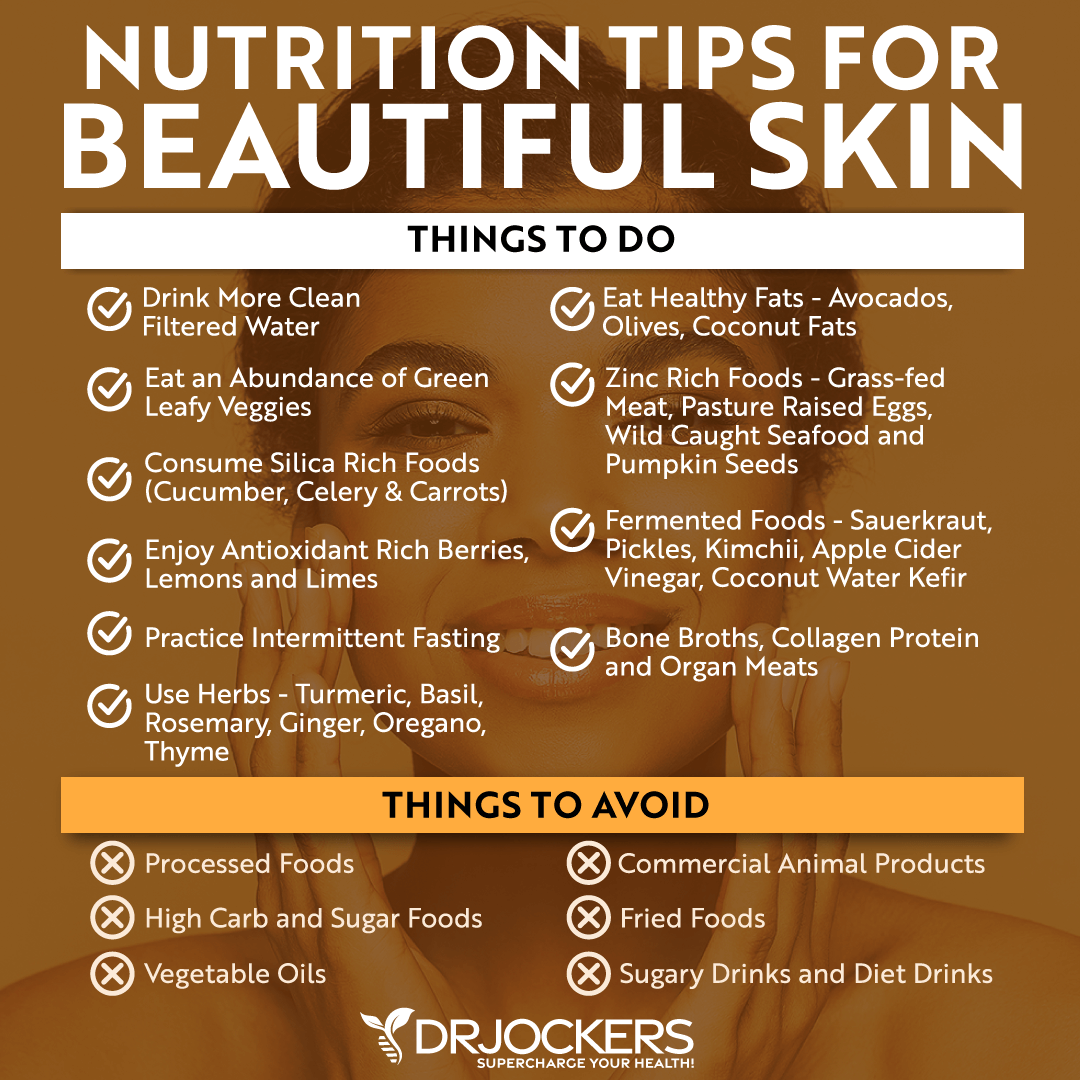
Best to Use Doctor Recommended Skin Care Products
Be sure to prioritize your skin care and ask your healthcare professional of preference about specific brands and when and how often to use them. It is just as important to ask what skin care products to avoid.
Make a list with your doubts so you can get a specialist advice, like symptoms or problems should you be aware of/call your doctor about, what can you do in case a problem appears and in how much time should the problem be over with, approximately, so you know when to call if things aren’t going as planned.
If your skin hurts in the area where you get treatment, tell your doctor or nurse. Your skin might have a moist reaction.
The brand I recommend for my clients after doing a lot of research on this topic is pH Balance Skincare. My wife and I personally use their products on a daily basis. If you would like to save 10% on pH Balance skincare than use the code DRJ10% at checkout.
